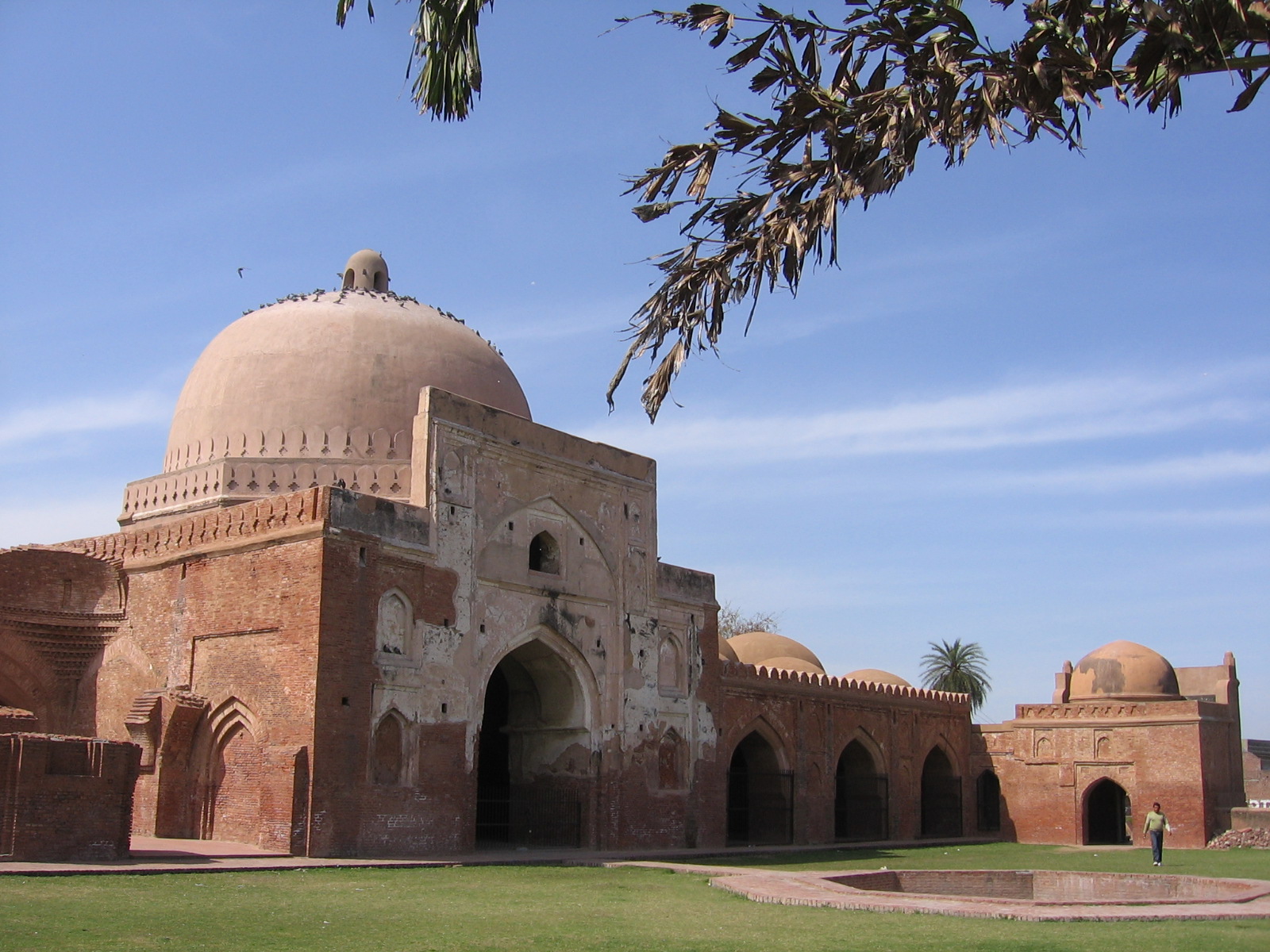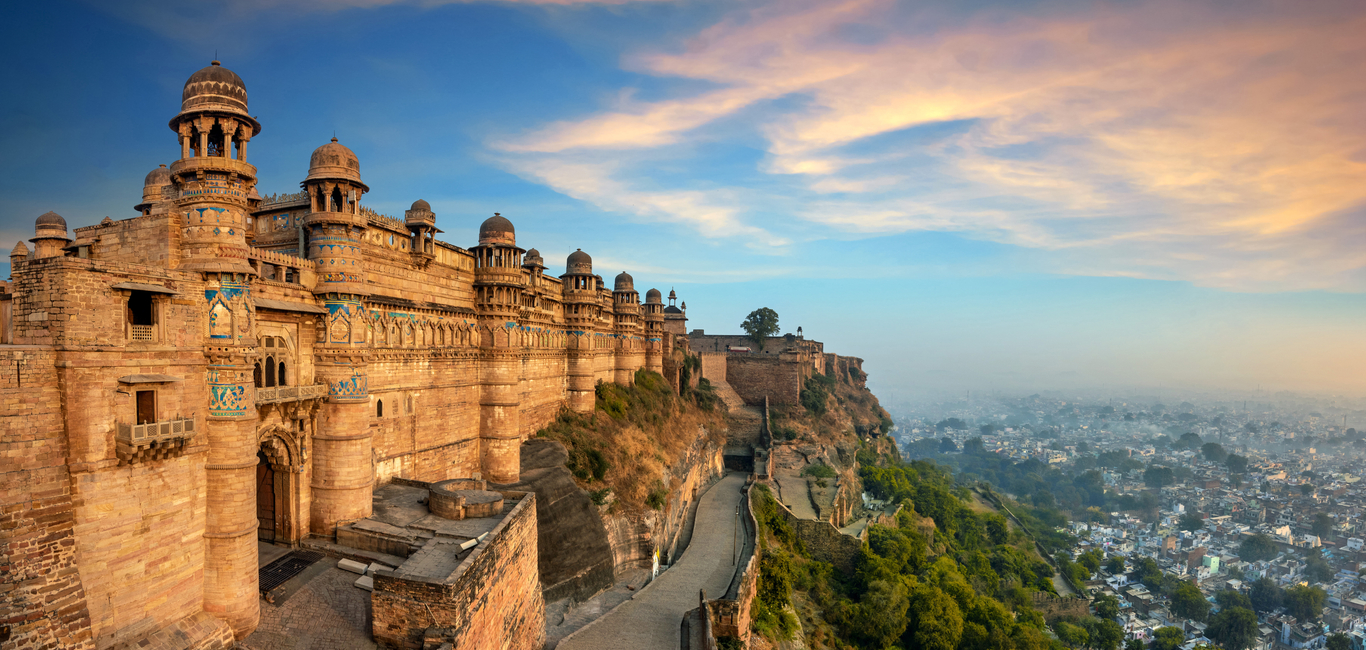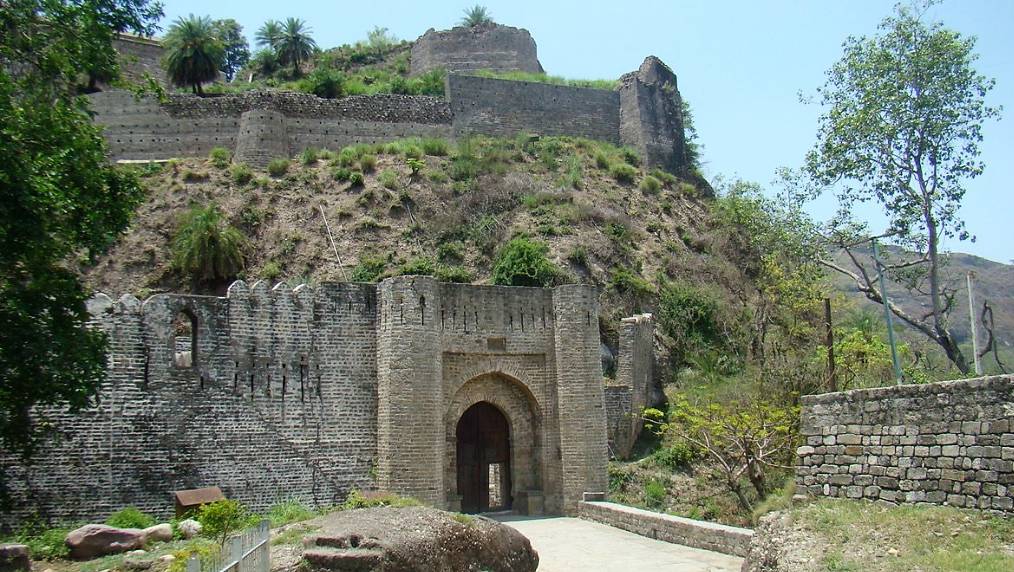The historic city on the banks of the river Yamuna is known for the three battles which changed the course of Indian history. The first battle was fought on 26 April 526, between Babur and Ibrahim Lodhi, the Sultan of Delhi. Ibrahim Lodhi was defeated and the Mughal rule started in India. The second battle was between Bairam Khan, the guardian of young Akbar, and Hemu on November 5, 1556. While the third battle took place on 13 January 1761 between Ahmad Shah Abdali, the Afghan ruler, and the Marathas. The Marathas were defeated and they lost their influence in Northern India. Panipat is now popularly referred to as the *weaver’s city’, due to its world-renowned handloom industry. It is also an important industrial center and is also famous for the pickles called ‘Pachranga Achar’.
 Ibrahim Lodhi’s Tomb: Ibrahim Lodhi was killed in the battle of Panipat. The simple rectangular headstone on a high platform marks the grave of Ibrahim Lodhi. It was renovated by the British in 1866.
Ibrahim Lodhi’s Tomb: Ibrahim Lodhi was killed in the battle of Panipat. The simple rectangular headstone on a high platform marks the grave of Ibrahim Lodhi. It was renovated by the British in 1866.
Kabuli Shah Mosque: It was built by Babur after defeating Ibrahim Lodhi. When Humayun defeated Salim Shah, he built a platform around the mosque.
Abu Ali Kalandar Dargah: It commemorates a famous Muslim saint. Other attractions are Jain temples, relics of a fort, and a park.



